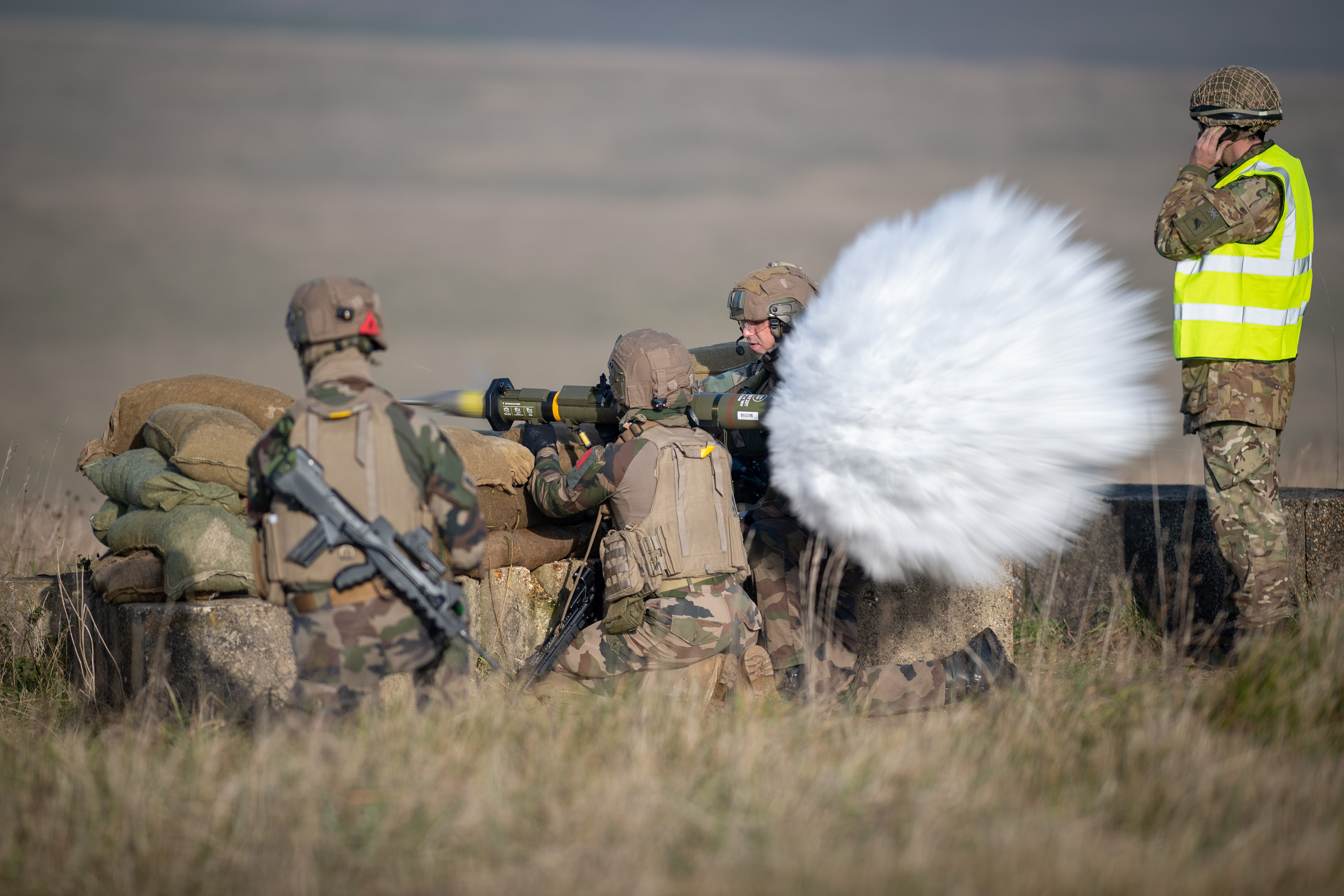Introduction
A crucial component of improving knowledge and developing skills in a variety of domains, from cybersecurity to military operations, is training. This extensive manual explores three different training domains: Indian Army Training Centers, On-the-Job training techniques, and CyberArk. We will delve into the specifics of each, illuminating their approaches, importance, and desired results.
CyberArk Training
- Overview: One of the top cybersecurity firms, CyberArk, is an expert in privileged access control. For people and organizations looking to protect sensitive data and stop illegal access, CyberArk training is essential.
- Training Modules: Sessions on session isolation, threat detection, and password management are commonly covered in CyberArk training. Participants learn about the instruments and methods needed to protect important assets.
- Practical Exercises: An essential component of CyberArk training, hands-on exercises let participants apply theoretical knowledge to real-world situations. To improve readiness, these exercises frequently include cyberthreat simulations.
- Certification: Completing CyberArk training courses frequently leads to certification, which attests to the student’s proficiency with privileged access control.
On-the-Job Training Methods
- Definition: Performing duties in the workplace while learning is known as on-the-job training, or OJT. It is a useful and practical method of developing skills.
- Importance: On-the-job training (OJT) is a crucial tool for bridging the knowledge gap between theory and practice. It offers a learning experience tailored to the situation, improving retention and skill acquisition.
- Techniques: Job shadowing, mentorship programs, and apprenticeships are a few of the OJT techniques. These methods provide a smooth progression from beginner to expert.
- Advantages: There are numerous advantages to on-the-job training, such as enhanced job performance, more employee happiness, and a shortened learning curve for new abilities.
Army Training in General

- Purpose: The purpose of military training is to get soldiers ready for the tactical, mental, and physical difficulties they can face while serving their country. It fosters perseverance, discipline, and teamwork.
- Basic Training: The first army training, also referred to as boot camp or basic training, concentrates on basic skills including marksmanship, physical conditioning, and military protocol.
- Advanced Training: Following basic training, troops may pursue advanced training in areas such as infantry tactics or technological skills like logistics or aircraft, depending on their assignments.
- Realistic simulations: As part of military training, troops are frequently exposed to combat scenarios without real risk, which helps to better prepare them for real-world circumstances.
Indian Army Training
- Structure: The Indian Army emphasizes hard training in an organized manner that covers marksmanship, physical conditioning, and strategic thinking.
- Training Academies: Elite training facilities, such as the Officers Training Academy (OTA) and the Indian Military Academy (IMA), are essential to the development of officers. These academies concentrate on military strategy, ethics, and leadership.
- Specialized Training: Depending on their branch, such as infantry, artillery, or engineering, soldiers receive specialized training. The army will have a wide range of skills thanks to its specialty.
- Difficulties and Rigor: The Indian Army is renowned for its rigorous training, which is a reflection of the difficult conditions that troops may encounter while serving in their country. This strictness guarantees that staff members are highly prepared.
Army Training Centers
- Purpose and Scope: Army training facilities are central locations for teaching military troops specialized skills. These facilities are state-of-the-art and can mimic several types of battle.
- Training Facilities: State-of-the-art equipment like as virtual reality installations, live-fire ranges, and simulators are included into modern army training centers. These facilities provide for practical instruction in a variety of settings.
- Teachers and Experience: The training facilities include seasoned teachers with actual military experience, so students are guaranteed to gain from their knowledge and perspectives.
- Ongoing Training: Army training is a continuous process rather than an isolated event. Soldiers are kept adaptable and prepared for changing threats by regular drills, exercises, and updates on the newest techniques.
Conclusion
In this extensive analysis of training methods, we have discussed cybersecurity with CyberArk training, the value of on-the-job training, and the rigid discipline that the Indian Army instills through its structured training programs and specialized colleges. Every domain contributes differently to the development of skills, whether it’s safeguarding digital assets, defending national borders, or thriving in a civilian workforce. The main goal of training is to provide people the knowledge and abilities needed to be successful in their chosen fields.

